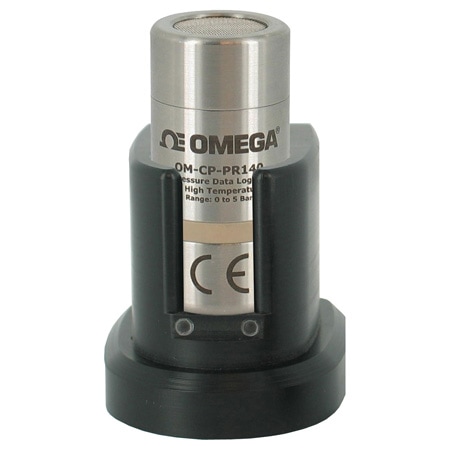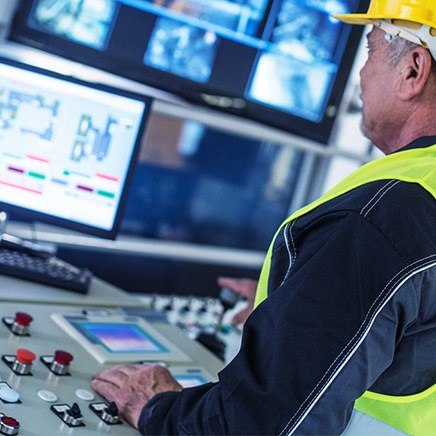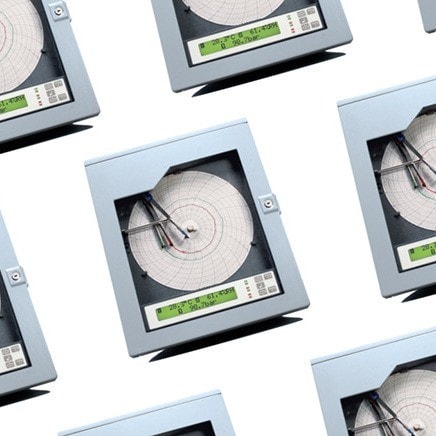Sterilization is an important part of many business environments, including hospitals, dentist offices, and tattoo studios. Autoclaves, which are large steel vessels that can sterilize medical instruments and other items, have made sterilization easier and inexpensive.
However, without validation and proper mapping, your autoclave may not be operating correctly. As part of the sterilization process, there are three key parameters: pressure, temperature, and time. To ensure proper sterilization, validation of your autoclave cycles with a NIST-traceable data logger is recommended and often required by regulating bodies.
This article will explain the different options for monitoring and logging your autoclave cycles.
Autoclaves and Sterilization
Sterilization autoclaves are widely used and are critical components in ensuring patient and consumer safety. Autoclaves use steam sterilization, which is inexpensive, nontoxic, effective, and rapidly heats most materials, including penetrating fabrics. The basic principle of steam sterilization is to expose each item to direct steam contact at the required temperature and pressure for the specified time.
Autoclaves work in cycles, but to validate that sterilization has been effective, the temperature and pressure should be monitored and logged.
How to Log the Cycles for Autoclave Validation
Because sterilization requires high temperatures and high pressure, it can be a challenging environment for electronics. Most regular data loggers cannot withstand more than about 80°C for short periods of time. However, to eliminate any microbicidal activity and ensure sterilization, steam sterilization temperatures should be within a 121°C (250°F) and 132°C (270°F) range.
There are two options for logging temperature and pressure data at these temperatures. The first option is to build the data logger into the autoclave. This option is the most inexpensive solution because everything is integrated. However, it can be hard to tell if the data logger is malfunctioning and improperly sterilized loads could occur.
The second option is to use an independent data logger. The benefit is that it’s simple to use and because it is independent of the autoclave system, it’s much easier to determine if it’s operating correctly or not. The downside is that this is a more expensive solution.
Considerations for Selecting a Data Logger
When selecting a data logger, keep these five factors in mind:
- Temperature range: The range on the logger should be at least 140°C and able to withstand that temperature for a long period of time.
- Pressure range: Because sterilization cycles in autoclaves can reach 15psi above atmospheric pressure, at least 35psi would be advisable.
- Size: A small size is recommended to leave more room in the autoclave.
- External probe: Depending on the shape of the items that are going to be sterilized, a data logger with an external probe might be needed. Irregular items, such as bottles, vials or tubing, are hard to sterilize, but a probe can be inserted inside of those to ensure sterilization.
Recommended Data Loggers for Autoclaves
Here are two data loggers that can meet the standards for autoclave validation:
- OM-CP-PRTEMP140 is a high temperature and pressure data logger created specifically for use in autoclave validation, mapping studies and pressurized processes. It is made of rugged stainless steel and is less than 64 mm (2.5”) in length, allowing it to fit discretely inside small spaces.
- OM-CP-HITEMP140X2-FP is a series of dual-channel high-temperature data loggers available with either two flexible probes or one flexible probe and a stainless steel bendable probe combination. The logger is ideal autoclave validation, especially for temperature monitoring inside test tubes, small vials, and other delicate applications.


